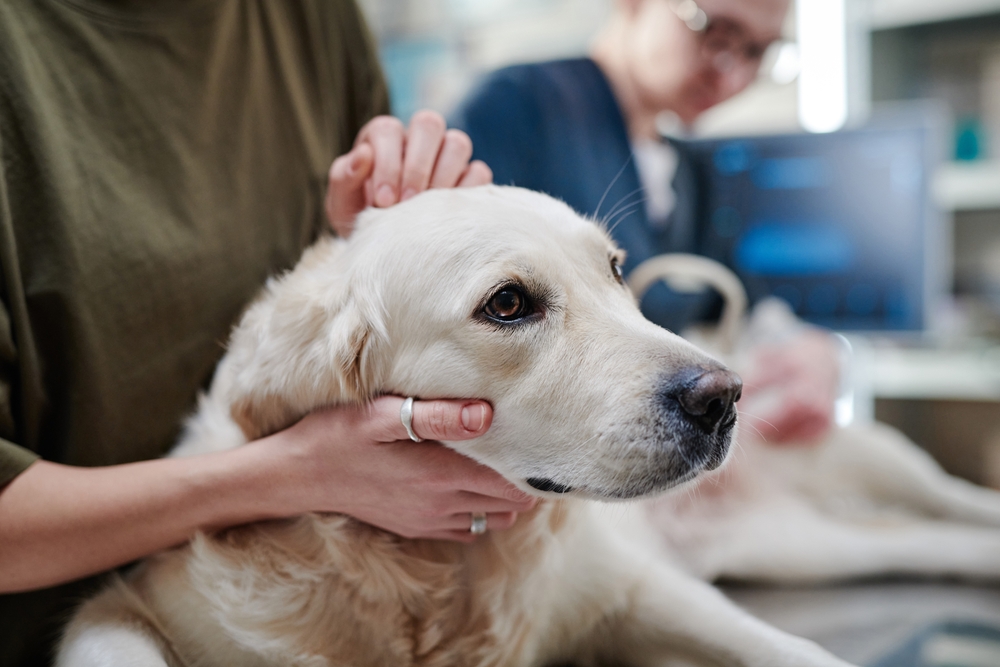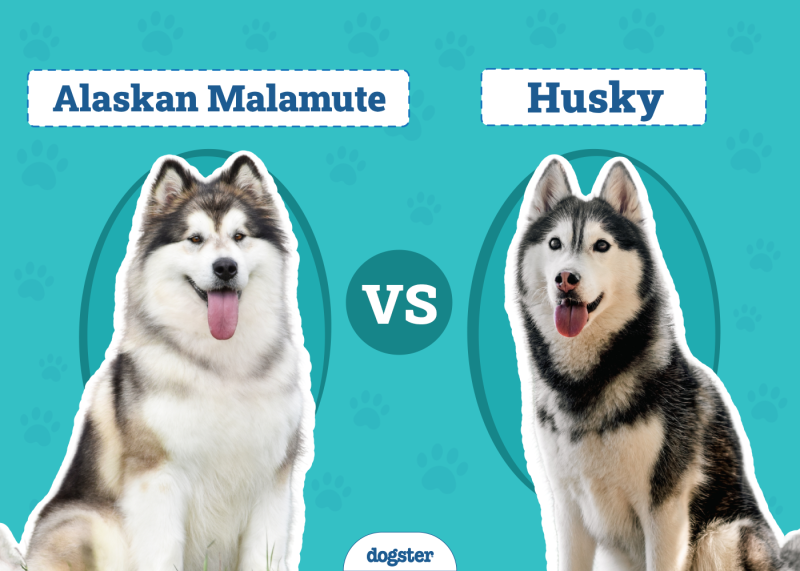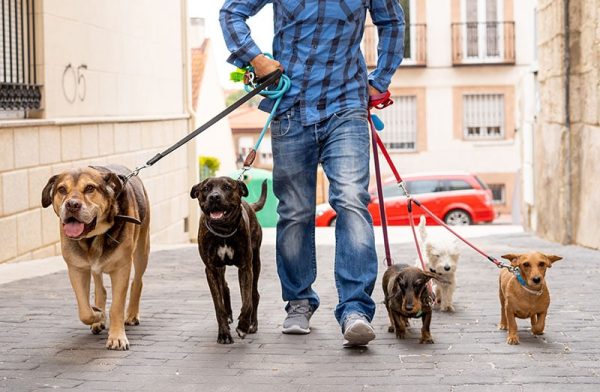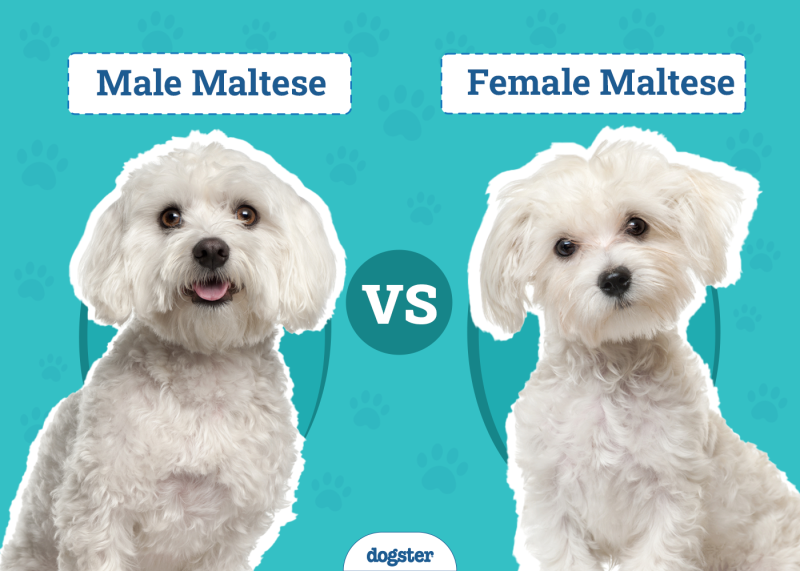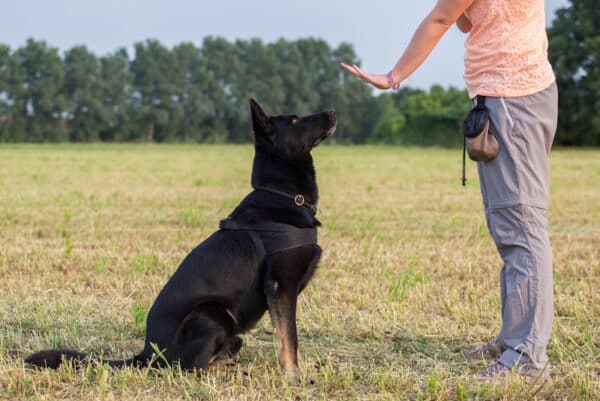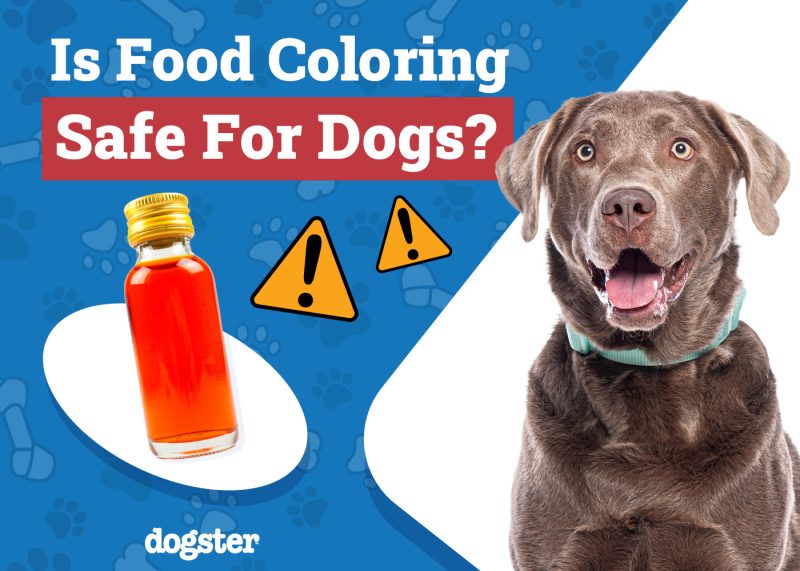In this article
View 5 More +If you’re like many pet owners with an older dog or cat, you’ve probably wondered about what to do at the end of your furry family member’s life. Understanding euthanasia might help you find the right time to say goodbye to your beloved pet.

How Does Euthanasia for Pets Work?
Typically, animals that are euthanized are older or sick. They may have terminal cancer or be suffering from kidney failure. Choosing to say goodbye to a pet is often difficult for the people involved, even if they know this decision will help stop their suffering.

Will a Vet Euthanize a Healthy Dog?
Sometimes, a vet might need to agree to euthanize a healthy dog. The most likely reason is an aggressive pet that is in danger of hurting a person or animal. While training is ideal to prevent this from occurring, sometimes it is in the family’s best interest to say goodbye to the dog.
So-called “convenience euthanasia” is less likely nowadays. Many veterinarians will refuse to put a healthy pet down just because the owner doesn’t want to own it any longer, choosing instead to help the owner find alternative living arrangements for the dog.
The Process of Euthanasia
Many veterinarians perform euthanasia a little differently from each other, but the basic process is usually the same.
Some veterinarians will give a sedative to pets before euthanizing them. This medication could be acepromazine, butorphanol, or telazol, among others. Some vets will place an IV catheter for medication like propofol during the euthanasia.
When you and a veterinarian have decided it’s time to say goodbye, your dog will receive a sedative. Once they’re relaxed and sleepy, the veterinarian will place an IV catheter and give an injectable anesthetic called propofol.
When your dog goes to sleep listening to your words of love, it’s time for the final step. The veterinarian will give your dog a medication like pentobarbital to stop your dog’s body processes. The process is usually rapid but peaceful.


What Are the Different Types of Euthanasia?
There are two main options for euthanasia for our pets: in the veterinary hospital or an at-home euthanasia. In many areas, in-hospital euthanasia is the most common. You’ll contact a vet or an ER on an emergency basis and bring your dog in.
In contrast to in-office euthanasia, you might be able to have a mobile veterinarian come to your house to euthanize your dog. This option allows your pet to pass at home in a comfortable and familiar environment.
Where Is Euthanasia Used?
Most veterinarians utilize euthanasia as a final measure to help pets and their owners. It is sad and heart-wrenching, especially when it’s a pet you’ve had for years. It’s also hard for the veterinary team who might have been seeing your dog for many years.

Advantages of Euthanasia
The advantage of euthanasia is that, within reason, we can control our pet’s comfort and quality of life. When these things are affected, and we can’t get a reasonable quality of life back, it’s time to think about euthanasia.
- Ends suffering
- Allows your pet’s dignity in passing
- A measure to preserve the bond we share with our pets
Disadvantages of Euthanasia
It goes without saying that euthanasia is hard. They are often emotionally and mentally taxing. Veterinarians often grieve with the pet owner and have to guide the process from beginning to end.
Sometimes, we can’t plan for euthanasia. It could just be time, or finances and time constraints could dictate the outcome for some owners.
We recommend getting advice from a veterinarian if you have any questions or concerns.
Did you know you can speak to a veterinarian without having to travel? Just head over to PangoVet. It's an online service where you can talk to a vet online and get the advice you need for your pet — all at an affordable price!


Frequently Asked Questions (FAQ)
What happens to a pet’s remains after euthanasia?
There are three primary options for your dog’s remains after they are euthanized. Some people take the body home to bury it, but this is not allowed in all municipalities.
More commonly, pets are cremated. You can get the ashes back or have them disposed of respectfully. One newer option if you’re not keeping your pet’s ashes is to work with groups like Memorial Reefs International, where your pet’s remains go to help build reefs in the ocean.
How much does it cost to euthanize your dog?
The cost of euthanasia varies widely. You might find a low-cost or free option near you. Often, you’ll be paying for the office visit, euthanasia itself, and cremation option. Some veterinary hospitals will charge you for ancillary services like receiving a clay paw print.
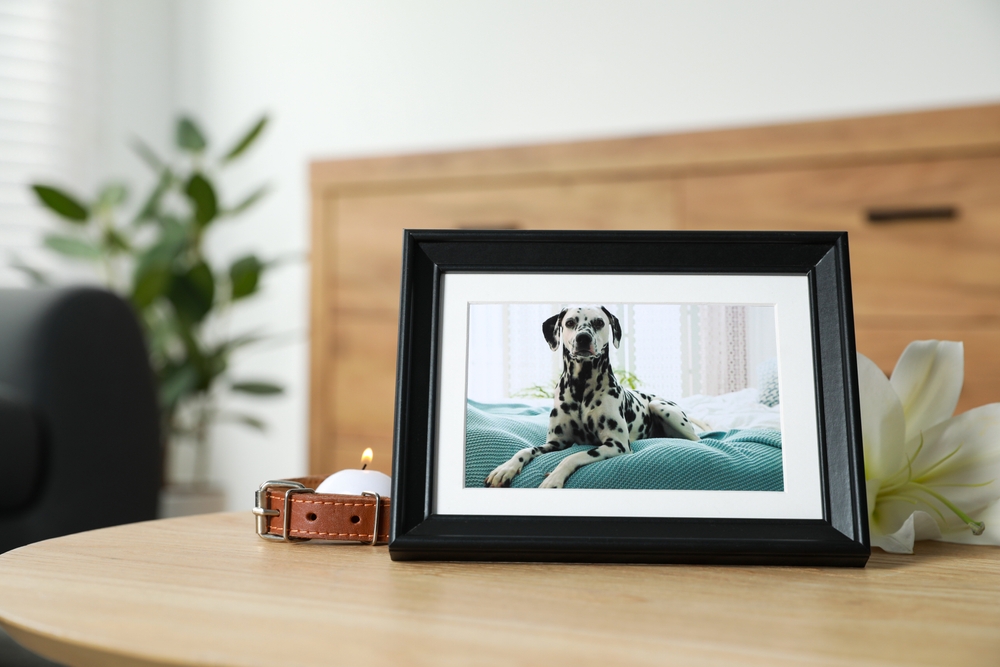

Conclusion
Euthanasia is hard for everyone involved, but it offers a way to prevent your pet from pain or other issues that impact your and your dog’s quality of life. The veterinarian will help walk you through the process if it’s time to say goodbye.
See Also:
Featured Image Credit: AnnaStills, Shutterstock
